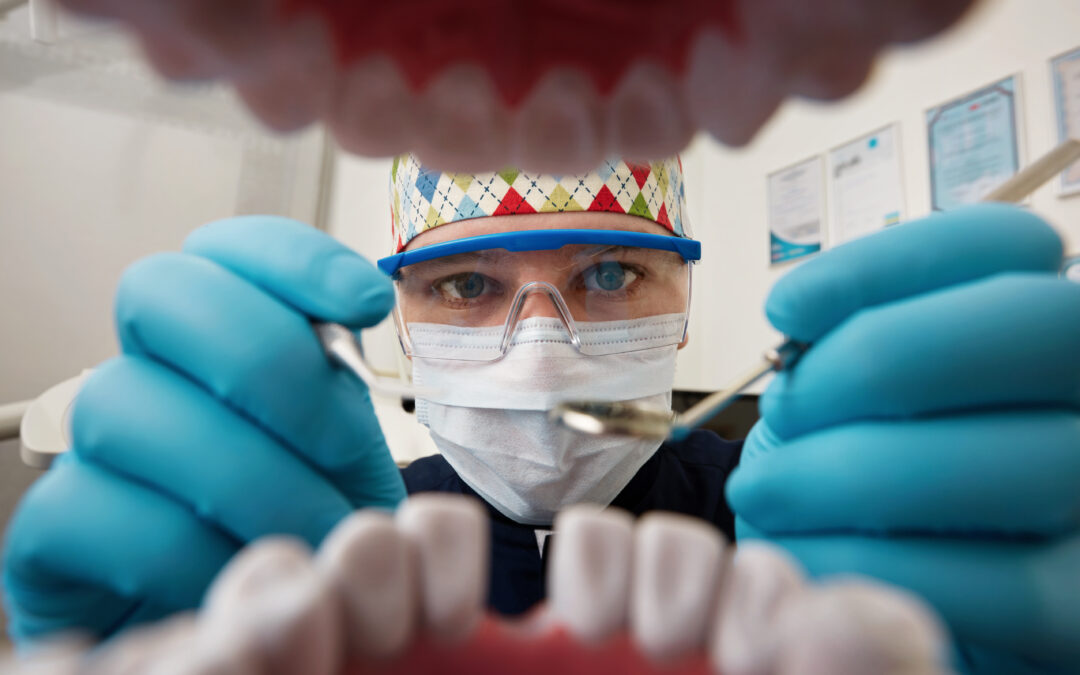Losing teeth does more than change your smile. It can dent your confidence, make speaking harder, and slow down eating. It can even weaken your jawbone over time, since bone needs the pressure of chewing to stay strong.
Two of the most popular are All-on-4 and All-on-6. Both give you back a full set of teeth that look and work like real ones. Which one fits your needs? Let’s dive in.
Understanding All-on-4 begins with its name.
You get four titanium posts set into your jawbone. These posts act like roots for a full arch of prosthetic teeth. The dentist places them at precise angles to make the most of your existing bone.
All-on-4 offers less invasive surgery than older implant methods. Fewer posts mean smaller cuts and shorter healing times. It also costs less than options with more implants. Once the posts bond with bone—a process called osseointegration—you swap out your temporary set for a permanent arch. The result is a stable, natural-feeling smile that won’t slip or click like a denture.
All-on-6 brings in two more posts.
You end up with six implants holding your arch. Those extra posts spread chewing forces across a wider area. That makes the bite feel even stronger and steadier. If you have thinner bones or lost many teeth long ago, this added support can matter. The six-post setup also keeps more jawbone stimulated, which fights shrinkage over time.
All-on-6 is more invasive at first. You might need slightly larger incisions and a bit more healing time. You’ll also see a higher price tag, since you pay for two extra implants and more complex surgery. Yet the trade-off is a smile that stays solid under heavier use.
Key Differences emerge once you look side by side.
Four implants mean a quicker, simpler operation and a lower starting cost. Six implants mean extra stability and a bit longer recovery. Costs vary by clinic and region, but in Australia you might pay around AUD 15,000–25,000 for All-on-4 and AUD 20,000–40,000 for All-on-6. That range covers exams, surgery, temporary teeth, and final prosthetics—but prices always differ based on individual scenarios.
Who should pick All-on-4?
If you have good jawbone density and lose several teeth, this approach can work well. You’ll enjoy a faster return to normal life. You need to brush and floss carefully, but you avoid extra grafting surgery. It fits people on a tighter budget or those who want fewer clinic visits.
Who should consider All-on-6?
If your bone is thinner or you’ve worn dentures for years, you might need the extra support. Six posts help avoid grafts in many cases. You’ll also get a bite that manages tougher foods without strain. This method suits those who plan for the long haul and don’t mind a bit more up-front work.
The Implant Placement Process follows a similar path for both. First, you meet for a full exam. The dentist reviews your health history, checks jawbone density with 3D scans, and plans your case. You discuss sedation options and costs. Then surgery day arrives. Under local anesthesia (or sedation if you prefer), your dentist removes any failing teeth, makes small gum cuts, and positions the implants. Water spray keeps the bone cool during drilling. You go home with temporary teeth in place.
Healing begins right away. For All-on-4, bone grows around four posts. For All-on-6, it surrounds six. You wear a soft-food diet for a few weeks. Swelling and bruising are normal at first. Pain meds and cold packs help. You’ll see your dentist for check-ups every few months to track osseointegration. Once the bond is strong—often three to six months later—you swap the temporaries for your final arch.
Recovery and Aftercare matter just as much as surgery. You start with soups and smoothies, move to mashed foods, then return to regular meals. Keep your mouth super clean. Use a soft brush and special floss or interdental brushes around each post. Your dentist may recommend an antimicrobial rinse at first. Avoid smoking and skip hard or sticky snacks that could harm your new implants.
Long-term maintenance is easy but essential. Brush twice a day. Floss daily around posts. Attend professional cleanings every three to six months. Hygienists use tools that won’t scratch your implants. They also check how your teeth bite together. Uneven forces can wear parts down, so your dentist may adjust your crowns or provide a night guard if you grind your teeth.
Choose between all on 4 and all of 6
Deciding between All-on-4 and All-on-6 comes down to your jaw health, lifestyle, and budget. Four posts work for many people. Six posts add stability for tougher cases. Both can give you back a confident smile, better chewing, and a stronger jawbone. Talk to your dental specialist to weigh your options. Then you can take the first step toward enjoying food, friends, and life—without missing a beat.






